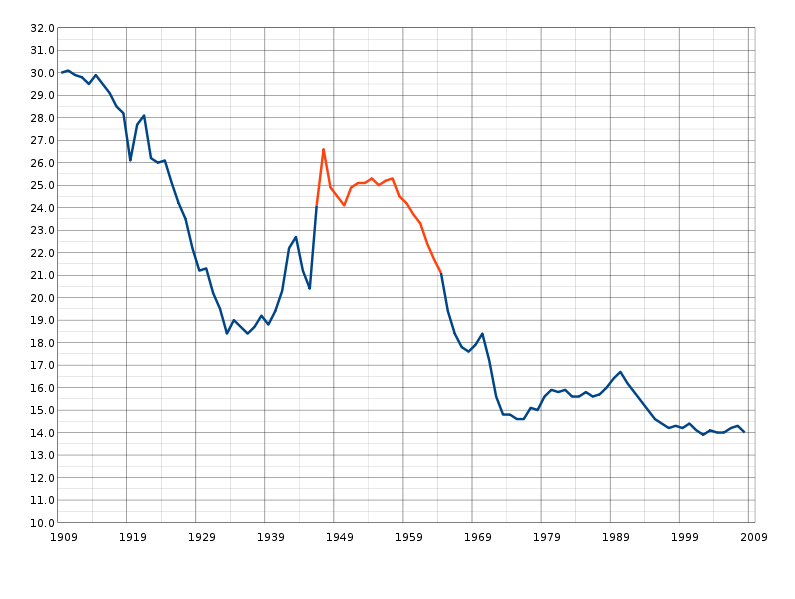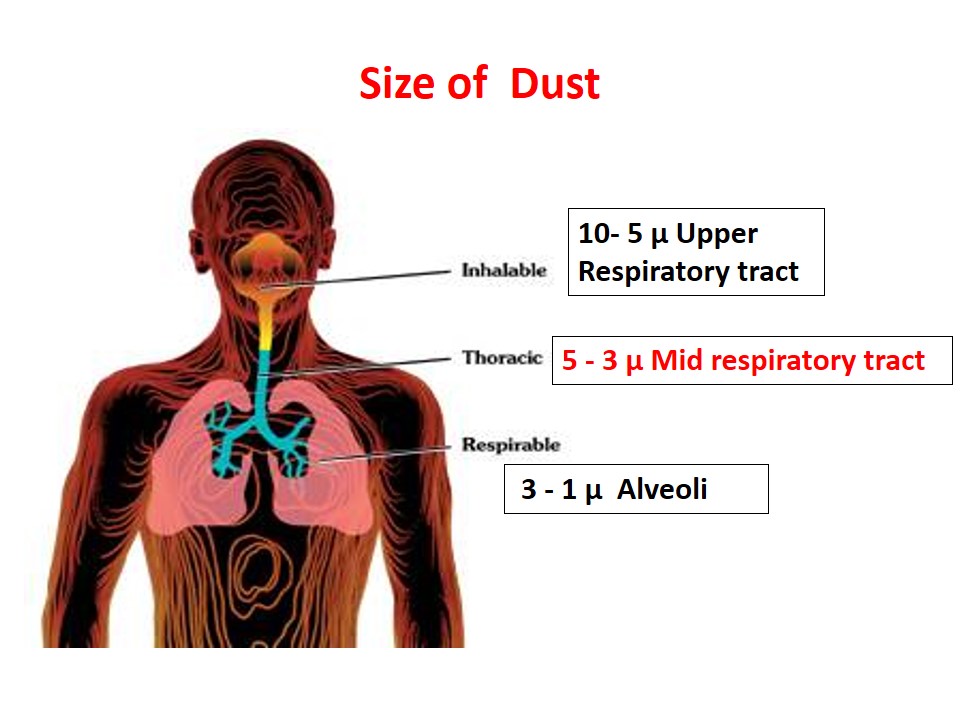Spurious Association
Sometimes an observed association between a disease and suspected factor may not be real. For example a study was conducted between births at home and births in hospital. Apparently perinatal mortality was higher in hospital births than in home birth. It may be concluded that home deliveries are safer than hospital deliveries. Such a conclusion is spurious, because in general, hospitals attract women at high risk for delivery because of their special equipment and expertise.
Multifactorial Causation
Multiple causes result in what is known as “web of causation”, which is very common for non-communicable or chronic diseases. For example, in lung cancer more than one factor (e.g. air pollution, smoking, heredity) can produce the disease independently.
Evidence of Causation: ‘Bradford Hill Criteria’
Hill’s criteria is used for evidence of causation. These are the causal guidelines suggested by Austin B Hill. Hill even stated that he did not intend for these “viewpoints” to be used as “hard and fast rules.”
Hill’s criteria is as follows:
1. Strenth
A small association does not imply that there is not a causal effect, though the larger the association, the more likely that it is causal.
2. Consistency
Consistent findings observed by different persons in different places with different samples strengthens the likelihood of an effect
3. Specificity
Causation is likely if a very specific population at a specific site and disease with no other likely explanation exists.
4. Temporality
The effect has to occur after the cause
5. Biological Gradient
Greater exposure should generally lead to greater incidence of the effect
6. Plausibility
A plausible mechanism between cause and effect is helpful
7. Coherence
Coherence between epidemiological and laboratory findings increases the likelihood of an effect
8. Experiment
Occasionally it is possible to appeal to experimental evidence
9. Analogy
The effect of similar substances may be considered.
 howMed Know Yourself
howMed Know Yourself





Excellent website. Lots of useful information here. I’m sending it to a few friends ans also sharing in delicious.
And obviously, thank you for your sweat!